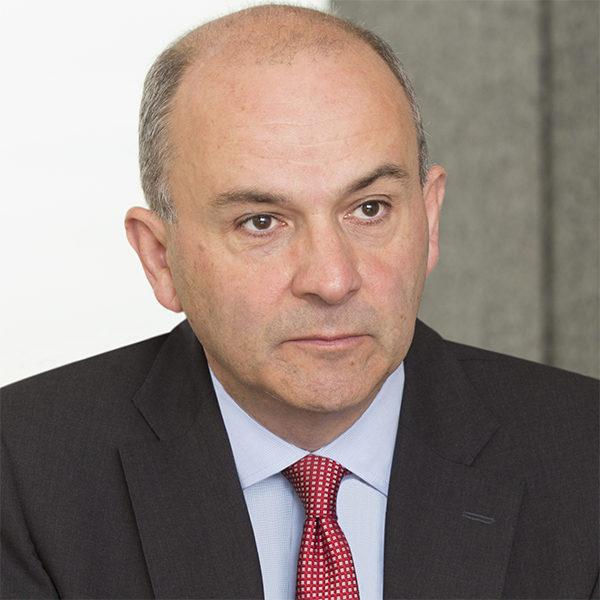With risks to growth building, we now expect the European Central Bank (ECB) to bring forward cuts in its policy rate, which means the easing cycle will likely be quicker and more aggressive than we previously thought. The ECB is evolving to put greater emphasis on downside risks and less on inflation persistence, particularly in the context of potentially tighter fiscal policy in 2025.
We previously argued the Bank would proceed cautiously with monetary policy easing in light of resilient growth, stickier inflation and loose fiscal policy in the aftermath of the pandemic and energy shock. But downside risks to growth are rising and concerns about inflation persistence are fading.
Recent surveys offered more evidence of these risks. PMI surveys showed a further deterioration in German industrial activity and signs this is spreading to the rest of the economy as well as other major eurozone countries such as France and Italy. Surveys suggest the eurozone economy is stagnating and Germany could be contracting again.
Our revised view is that the ECB will now accelerate easing, with two further 25 basis point (bps) cuts in its deposit rate this year and then continuing reductions to around 2% in 2025. Previously, we expected the Bank to cut more slowly to keep the deposit rate at around 2.75%-3% in 2025.



